
Mumbai-born Ashley Tellis is one of America's top experts on South Asia. A Senior Associate with the Carnegie Endowment for International Peace, Tellis recently gave a lecture at the National Defence University's Programme on Irregular Warfare and Special Operations Studies on the grave threat posed by the Lashkar-e-Tayiba to the world.
Carnegie Endowment for International Peace (external link) has kindly permitted rediff.com to carry the transcript of his speech. This is the second of the four-part series
Part I: The menace that is Lashkar-e-Tayiba
Like many other radical Islamist groups, the LeT leadership has on numerous occasions singled out the Jewish community and the United States as being among the natural enemies of Islam.
Saeed (Lashkar chief Hafiz Mohammad Saeed) warned, for example, that although his outfit may be presently consumed by the conflict with India, "Our struggle with the Jews is always there."
This enmity with the Jewish people is supposedly eternal and ordained by God himself.
When Saeed was asked in the aftermath of the tragic 2005 earthquake in Pakistan whether then-president Pervez Musharraf's solicitation of aid from Israel was appropriate, he had no hesitation in declaring forthrightly that Pakistan "should not solicit help from Israel. It is the question of Muslim honour and self-respect. The Jews can never be our friends. This is stated by Allah."
This twisted worldview found grotesque expression during the November 2008 atrocities when the group deliberately targeted the Jewish Chabad centre at Nariman House in Mumbai.
Justifying this attack as reprisal for Israeli security cooperation with India, LeT did not simply murder the Jewish hostages at Nariman House but humiliated and brutally tortured them before finally killing them during the three-day siege.
...

Outside of Al Qaeda, LeT today therefore represents the most important South Asian terrorist group of "global reach."
Indian intelligence currently estimates that LeT maintains some kind of terrorist presence in 21 countries worldwide with the intention of either supporting or participating in what Saeed has called the perpetual "jihad against the infidels."
LeT has declared that it would provide free training to any Muslim desirous of joining the global jihad, and the group has since delivered on that promise, as now corroborated by the testimony in the cases involving the "Virginia paintball jihad network."
In that instance, a group of extremists played paintball in anticipation of the launch of a global jihad against the West. After offering support to LeT, several members of the group attended a LeT camp and received combat training to prepare for war against American soldiers in Afghanistan.
...
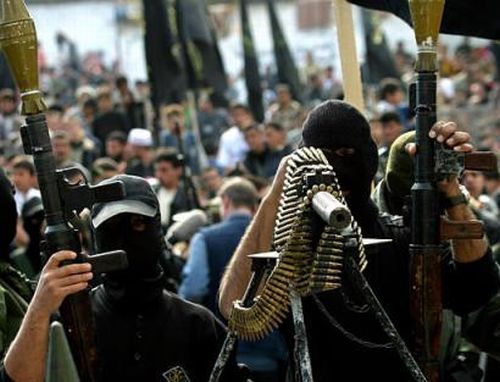
Rather than being an isolated incident, the Virginia paintball jihad network is emblematic of LeT's larger ambitions. LeT's operatives have now been identified as engaging in:
Liaison and networking with numerous terrorist groups abroad, particularly in Central and Southeast Asia and the Middle East;
The facilitation of terrorist acts, including in, but not restricted to, Chechnya and Iraq;
Fundraising in the Middle East, Europe, Australia, and the United States;
The procurement of weapons, explosives, and communications equipment for terrorist operations from both the international arms markets and Pakistani state organizations such as the ISI;
The recruitment of volunteers for suicidal missions in South Asia as well as the Middle East;
The creation of sleeper cells for executing or supporting future terrorist acts in Europe, Australia, and likely the United States; and
Actual armed combat in at least India, Afghanistan, Pakistan, and Iraq.
With recruitment, fundraising, and operations extending to Afghanistan, Iraq, Central Asia, Europe, Africa, and Australia, LeT has rapidly become a formidable global threat.
...
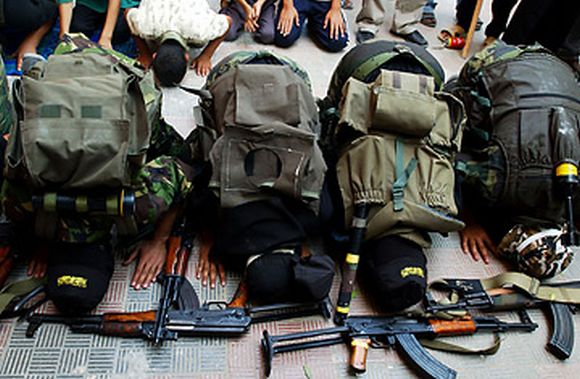
Today, LeT has close ties with Al Qaeda in Pakistan and supports the Afghan Taliban's military operations (despite the divide between the two groups' interpretations of Islam).
It also closely collaborates with Jamiat al-Dawa al-Quran wal-Sunna, a Wahhabi group based in the Kunar Province of Afghanistan, in operations against American troops in Afghanistan's Korengal Valley.
These remain only the latest in a long line of hostile activities -- most of which have remained sub rosa -- affecting US citizens, soldiers, and interests.
Second, LeT has a distinct ideology that underwrites a programme of Islamic revanchism --and justifies collaboration with other terrorist groups. However diverse LeT's activities are internationally, they are ultimately unified and draw sustenance from a distinct animating ideology.
Immediately after it was founded in 1987, LeT's earliest armed operations began in the Afghan provinces of Kunar and Paktia, where the organisation set up a series of terrorist training camps that over time were incorporated into the Al Qaeda network in Afghanistan.
These militant activities, which were initially intended as part of the ISI-managed war against the Soviet occupation of Afghanistan, quickly became subordinated to either ISI-supervised efforts to bring Kabul under Pakistani influence or to its ongoing war against India -- both "near" enemies.
Meanwhile, Al Qaeda's murderous terrorism missions were directed against other "far" enemies in the West
...
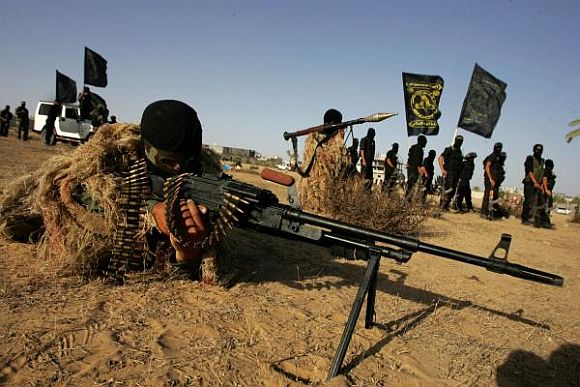
Although LeT and Al Qaeda remain distinct organizations (albeit engaging in various forms of shadowy cooperation), their respective programs of Islamic revanchism are unified by a distinct ideology that at its heart dismisses the possibility of coexistence with other religious traditions or political systems.
This view pits LeT -- like Al Qaeda -- against the United States both through the "Zionist-Hindu-Crusader" axis and more directly as well.
Although the ideological denunciation of the United States as an immoral, decadent, and implacable enemy of Islam was part of LeT's worldview from its founding, its war against the United States took a decidedly deadly turn, partly due to its ties to Al Qaeda.
The Clinton administration launched missile attacks against several Al Qaeda camps in Afghanistan in August 1998, and although these attacks did not kill their intended target, Osama bin Laden, they did kill many LeT operatives and trainers who had been bivouacked in these facilities.
Shortly thereafter, the LeT formally declared its jihad against the United States and began a variety of operations globally aimed at targeting US interests. Since then, the group intensified its collaboration with Al Qaeda, supporting bin Laden's efforts as a junior partner wherever necessary while operating independently wherever possible.
That LeT is a constituent member of Osama bin Laden's International Islamic Front should not be surprising, given that one of its three founders, Abdullah Azzam, was associated with Hamas and has been widely described as one of bin Laden's religious mentors.
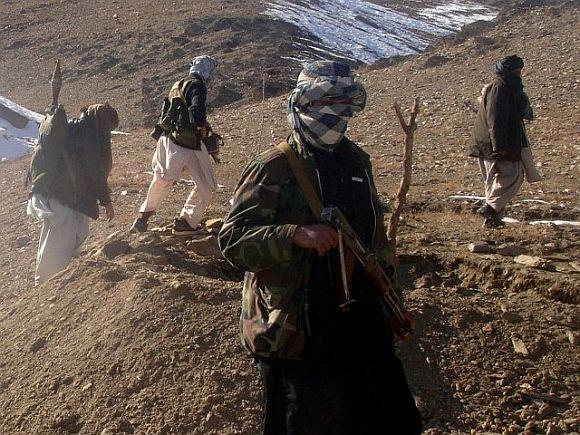
LeT's sprawling 200-acre headquarters at Muridke outside of Lahore is believed to have been constructed with an initial gift from Osama bin Laden's Afghan operations. These close ties continue to exist, as indicated by the fact that in 2002, a senior Al Qaeda operative, Abu Zubaydah, was captured in a LeT safe house in Faisalabad, Pakistan.
Furthermore, like Al Qaeda, LeT has demonstrated a remarkable ability to forge coalitions with like-minded terrorist groups.
These alliances are most clearly on display within South Asia, where, in addition to Al Qaeda, LeT cooperates with other militant groups, such as the Afghan Taliban, in the areas of recruiting, training, tactical planning, financing, and operations.
In India, for example, LeT has developed ties with Islamic extremists across the country, including in states distant from Pakistan such as Karnataka, Andhra Pradesh, and Tamil Nadu.
In Pakistan, LeT cooperates actively with the Afghan Taliban -- and oddly, on occasion with the Pakistani Taliban as well -- and also coordinates operations against Afghanistan with Al Qaeda and the Haqqani network.
In Central Asia, LeT has cooperated with both the Islamic Movement of Uzbekistan and local Islamist rebels in the Caucasus.
Finally, in Europe, LeT was actively involved in supporting the Muslim resistance in Bosnia while raising funds and building sleeper cells in countries such as Spain and Germany.
...

Third, when it comes to Pakistan, LeT not only does not bite the hand that feeds it but actually protects its patrons against other domestic opponents. From the very beginning, LeT became a favoured ward of the Pakistani state because its local interests -- fighting in Afghanistan and warring against India -- dovetailed with the Pakistan Army's own ambitions: controlling Afghanistan in the west while keeping India off-balance in the east.
For over two decades and up until the present, the ISI has maintained strong institutional, albeit subterranean, links with LeT and has supported its operations through generous financing and, as required, combat training.
As Stephen Tankel reports in Lashkar-e-Taiba: From 9/11 to Mumbai, ISI assistance to LeT has become even more hidden since the inauguration of the global war on terror, but it has by no means ended -- even though the organization was formally banned by then-Pakistani president Pervez Musharraf on January 12, 2002.
The story of the LeT-ISI relationship begins in the fervid atmosphere of the 1980s. At that point, numerous extremist groups were emerging in Pakistan under the patronage of the ISI, but LeT's militant attitude to political change and its commitment to exploiting modern science and technology in support of its ideological ends quickly made it an ISI favourite because its uncompromising commitment to jihad could be manipulated to advance Pakistan's own strategic goals.
As Saeed noted in a January 1998 interview with Herald, a Pakistani news magazine, "many Muslim organizations are preaching and working on the missionary level inside and outside Pakistan... but they have given up the path of jihad altogether. The need for jihad has always existed and the present conditions demand it more than ever."
It was precisely this perspective that appealed to the generals in Rawalpindi. In its strategic thinking, the group found kindred spirits in its earliest official supporters, General Akhtar Abdur Rahman and Lieutenant General Hamid Gul, the ISI's director generals during the late 1980s, who were also tantalised by the lure of an international jihad.
...
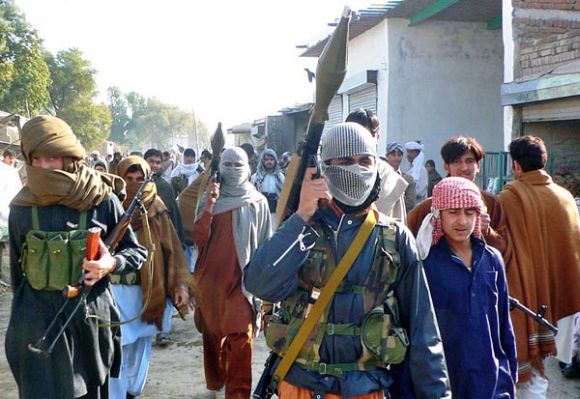
LeT is composed primarily of Pakistani Punjabis and has been so from its inception. In fact, its Punjabi composition is another aspect of what made it so attractive to the ISI to begin with, because it could be controlled and directed far more effectively by its Punjabi-dominated sponsor, the Pakistan Army, than could any local Kashmiri resistance group.
LeT's earliest operations in Kunar and Paktia provinces in Afghanistan in support of the jihad against the Soviet occupation are significant in this context if for no other reason than they refute the common misapprehension -- that has been assiduously fostered since the early 1990s -- that the group has always been a part of the indigenous Kashmiri insurgency.
Nothing could be further from the truth. It is worth noting, though, that because of LeT's founding ties to Al Qaeda, its Punjabi core has over the years been episodically supplemented by Libyans, Central Asians, and Sudanese -- although these non-Pakistani elements have always been marginal to the group's numerical strength.
The mujahideen's defeat of the Soviet Union in Afghanistan empowered both the ISI and various jihadi groups within Pakistan, which came to see state-sponsored insurgency as the key to advancing Islamabad's myriad strategic interests.
...
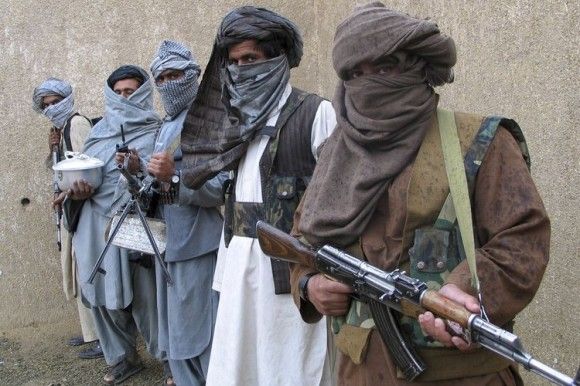
Jihad undertaken by sub-national groups with state support would thus become the instrument that allowed Pakistan to punch above its geopolitical weight. Its campaign in Afghanistan had already contributed to the fall of a superpower -- or so it was believed in Rawalpindi -- and Pakistani military and intelligence officials were nothing if not ambitious, seeking to replicate the same outcome against India.
At first, the Pakistan Army attempted to back indigenous Indian insurgencies in Punjab and Jammu and Kashmir. But by 1993, both movements had been defeated by the Indian military.
These twin defeats demonstrated that Pakistan's national strategy of supporting domestic insurgencies in order to check Indian power had failed conclusively.
But the larger objective of keeping India "off-balance" and weakening it through persistent attacks would not disappear because it was rooted in a dangerous medley of deep geopolitical dissatisfactions, the ambitions of a self-serving military that rules even when it does not govern, and the deterrent provided by its possession of nuclear weapons.
After it became clear that domestic insurgencies were not going to deliver the crushing blow that had been anticipated, Islamabad responded with a new strategy of fomenting terrorism instead.
...

Using the instruments engendered by the jihad in Afghanistan, Pakistan quickly shifted its approach. Instead of continuing to rely on dissatisfied indigenous populations to advance Islamabad's interests through their own struggles with New Delhi, the ISI focused on injecting combat-hardened aliens into India in order to sustain a large-scale campaign of murder and mayhem intended to bring New Delhi to its knees.
As part of this strategy, the ISI directed LeT, among other Pakistani terrorist groups, to shift its principal focus of operations from the Afghan theatre to Jammu and Kashmir.
This new orientation was paired with comprehensive support. Being a favoured charge of the ISI's Directorate S, the organisation with responsibilities for all external operations, LeT received assistance from its sponsors -- including from ISI field stations in Nepal, Sri Lanka, and Bangladesh -- in the form of operational funding, specialized weapons, sophisticated communications equipment, combat training, safe havens for the leadership, shelter and operational bases for the cadres, intelligence on targets and threats, campaign guidance, infiltration assistance, and, in coordination with the Pakistan Army, fire support when crossing the border into India.
A specialised section within Directorate S, with primary responsibility for covert operations against India and manned by Pakistan Army officers on secondment, traditionally had responsibility for liaising with all terrorist groups engaged in these operations.
...

The ISI's objectives in engineering LeT's shift from Afghanistan to India were threefold.
First, it enabled the Pakistani military to replace what it saw as feckless local fighters pursuing the autonomous goal of independence with militants who were battle-hardened in Afghanistan, beholden to the Pakistani state, and dedicated to the more appropriate objective of incorporating Kashmir into Pakistan.
Second, it permitted the moderate Kashmiris to be replaced by genuinely committed Wahhabi fighters who were capable of inflicting (and intended to unleash) an unprecedented level of brutality in their military operations because they shared no affinities whatsoever with the local population.
Third, by employing ideologically charged Islamist foot soldiers from outside the disputed state -- a cohort that, by virtue of hailing from the Pakistani Punjab, carried with it all of Islamabad's pent-up animosities toward India -- the local struggle over Kashmir's status could be expanded into a larger war aimed at destroying India itself.
Over time, there emerged a growing conviction within the Pakistani military that exactly such an expansion was necessary because of the realization that the war against India could never be won if the hostilities were to be confined only to Jammu and Kashmir.
Click on NEXT to go further...
Watch this space for Part III of this special on Thursday...